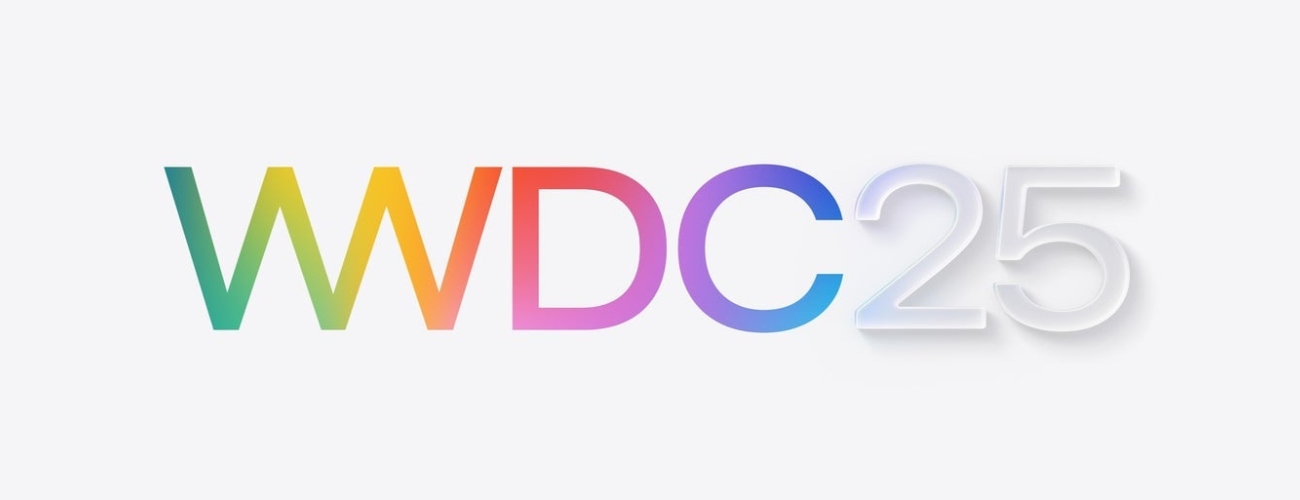As the most downloaded app in the world in 2024, (773 million downloads), TikTok proved it’s still leading the pack: shaping trends, driving culture, and keeping users hooked on short-form content. Its highly engaging video format attracts over 1 billion users making it a go-to advertising platform for businesses aiming to boost visibility and drive brand awareness.
There’s no doubt that a strategic TikTok campaign can catapult an app into the spotlight, thanks to the platform’s viral potential to reach millions overnight. But unlike traditional advertising, TikTok thrives on authenticity and creativity, so crafting campaigns that resonate with its dynamic community is unique to other advertising platforms.
In this blog, we will share a comprehensive, step-by-step guide to launching a high-performing TikTok campaign for your app. Whether you’re at the launch stage or looking to scale your app’s growth, you’ll find practical tips to navigate TikTok’s landscape and achieve your acquisition goals.
What makes TikTok unique
To craft TikTok campaigns that drive installs, engagement, and retention for mobile apps, you must first understand the platform’s unique ecosystem. TikTok isn’t just another social media channel, it’s a dynamic, fast-paced environment that thrives on creativity and interaction.
There are a few things that differentiate TikTok from platforms like Instagram, YouTube, and Snapchat. This includes a powerful and highly personalised algorithm, intuitive video creation tools, music and sound integration and a tailored to your interests ‘For You’ feed.
While Instagram Reels and YouTube Shorts mimic TikTok’s short-form video model, they serve a better purpose for nurturing the existing audience, retargeting campaigns and building brand credibility over time. TikTok’s algorithm is more aggressive in promoting new content, and its user base leans heavily into trends, making it an ideal platform for mobile apps seeking rapid, organic reach.
7 steps to crafting a winning TikTok campaign strategy
1. Define your campaign goals
Before you can dive into content creation for your paid mobile app campaigns, clarify what you want to achieve. Well-defined goals ensure your efforts align with your app’s growth strategy, resonate with TikTok’s dynamic audience, and drive tangible outcomes like downloads or user retention.
There are three TikTok campaign objectives you can choose from in your TikTok Ads Manager:
- Brand Awareness: Focuses on introducing your app to new audiences and increasing visibility. It showcases your app to a maximum number of users
- Consideration: focuses on driving more traffic, views and interactions. It allows you to send users to a destination on your website or app
- Conversions: Aims at driving measurable actions, like app downloads, in-app purchases, or subscriptions
Choosing the right goal from the outset will guide your creative approach, help you measure success more effectively, and ensure your campaign content is built with purpose.
2. Know your audience
TikTok’s user base is diverse yet skewed toward younger, digitally savvy audiences with Gen Z (ages 16–24) and Millennials (ages 25–34) accounting for roughly 60% of TikTok’s global users. The more you know about your audience, the more effective your campaigns are going to be, as you’ll be able to create the right type of content that resonates with users you want to attract.
For example, if you’re a fitness brand targeting Gen Z, quick, high-energy workout videos paired with trending pop tracks will most likely perform better than slow-paced instructional content with no music at all.
3. Leverage TikTok Trends
Staying on top of TikTok trends is essential for visibility and engagement, especially if you’re targeting the younger audience. Trends on TikTok move fast, but if done correctly, they can exponentially boost your reach and visibility.
It’s important, however, that you adapt TikTok trends in a way that aligns with your brand identity. Forced or overly promotional content that doesn’t feel authentic won’t perform well and drain your advertising budget. Use trends as inspiration, rather than script.
Let’s say you’re a fitness app. If a trending dance challenge is taking off, you can use the same trending sound as a soundtrack for your workout tutorial. This way you’re taking advantage of a trend but aligning it with your brand.
Pro tip: Avoid making your campaigns too dependent on trends, as this can leave you without effective content once the trends lose momentum.
4. Craft compelling content
TikTok isn’t just about creating any content. To be remembered, your campaigns should be engaging and feel native to its fast-paced, creator-first culture. To ensure you capture users’ attention, follow these steps when creating your campaigns:
- Hook in the first 3 seconds
You can start with a bold question, use shocking or funny visual, or tease the outcome (“wait for it…” or “watch what happens next…”). Your goal is to build curiosity form the get go, don’t waste time with the long intros.
- Keep it short and snappy
Shorter content (15–30 seconds) tends to perform better and is more likely to be rewatched and shared. However, if you’re campaign is telling a compelling story (e.g., a transformation or step-by-step tutorial), don’t be afraid to go longer.
- Apply a winning structure
Every TikTok should follow a simple, effective structure:
- Hook: First 1–3 seconds (attention grabber)
.
- Value: The core message or entertainment
.
- CTA: End with a clear action (follow, comment, click link in bio, etc.)
.
From our experience, TikTok campaigns following this structure deliver good performance and high ROI.
- Use multiple formats
Diversify your content mix to keep your audience engaged. You can alternate between organic videos that are native and authentic on your brand’s page, influencer collaborations and TikTok Ads to expand reach and engagement.
5. Use TikTok’s advertising tools
TikTok offers powerful ad formats to amplify your campaign:
- In-Feed Ads: Native ads that blend into users’ feeds.
- Branded Hashtag Challenges: Encourage users to create content with a custom hashtag.
- TopView Ads: High-impact ads that appear when users open TikTok.
- Spark Ads: Boosted organic content (yours or creator’s) that look like a regular TikTok post.

If you just started advertising on TikTok and want to maximise your budget, start small. £50-£100 should be enough to test ad performance, then scale up based on results.
6. Collaborate with Influencers
The concept of influencer marketing is not new but it’s a still powerful tool to skyrocket your campaign’s reach. To succeed, make sure you choose influencers who aligns with your brand values, have engaged audience and create content in your niche. To find the right influencers, places like TikTok Creator Marketplace or influencer marketing platforms like Collabrstr or Upfluence are a great place to start.
7. Don’t forget to measure and optimise
TTrack your campaign’s performance using TikTok’s analytics or third-party tools. Monitor:
- Average Watch Time on Content: if users drop off heavily before 3 seconds, you have a weak hook
- Views and Reach: How many people saw your content?
- Click-Through Rate (CTR): For ads driving traffic to a website.
- Follower Growth: Are you gaining new followers?
- App Installs: Are people downloading your app?
Iterating on underperforming content is key to the success of your campaigns. Track KPI’s, A/B test your creatives, CTA, and posting times and most importantly, double down on high-performing content. Content should be refreshed regularly to avoid increased costs due to creative fatigue.
An example of a successful TikTok campaign that drives installs
When done right, TikTok campaigns can do more than generate views. They can directly drive high-quality installs. Below is a breakdown of a great TikTok campaign example that captures user’s attention from the start, clearly communicates app’s value proposition, and inspires action.
This TikTok starts strong with an engaging audio hook and clear visual cues that instantly draw the viewer in. When Jo opens the video by speaking a language other than English, she not only grabs attention (especially of audiences accustomed to English-language content), but also immediately highlights the app’s core value: immersive language learning.
To maintain viewer retention, Jo cleverly uses subtitles, making it easy for viewers to follow along with her Pimsleur lesson. Her dynamic editing style is great too. Zoom-ins, jump cuts, and scene changes keep the content visually engaging and fast-paced.
The video is effective as it demonstrates a practical, real-life use case for the app, instead of listing its benefits. Jo is doing her lesson while driving, showcasing that language learning with Pimsleur can happen anytime, anywhere. This aligns perfectly with the app’s positioning: accessible, convenient learning for busy people.
The “follow-after-me” voice prompts in the video reinforce Pimsleur’s emphasis on spoken fluency, making the learning experience feel guided and interactive.
Finally, by switching between multiple languages in the same video, Jo subtly conveys the app’s versatility and effectiveness implying that with Pimsleur, learning more than one language can be easier than you think.
This campaign works because it feels authentic, demonstrates real-life value, and builds trust through a relatable creator. By combining strong storytelling with clear product utility, it gives viewers a reason to take action, making it a great example of how TikTok can convert attention into installs.
Final thoughts
TikTok offers unmatched potential to boost app visibility and drive installs if you approach it strategically. But the success you’re after comes from creating authentic, trend-savvy content that feels native to the platform and constant iterations of your campaigns. By setting clear goals, knowing your audience, tapping into trends, and optimising along the way, you can turn TikTok’s viral energy into real growth for your app.
If you need help with strategising, planning and creating your TikTok app campaigns, contact our growth team!









